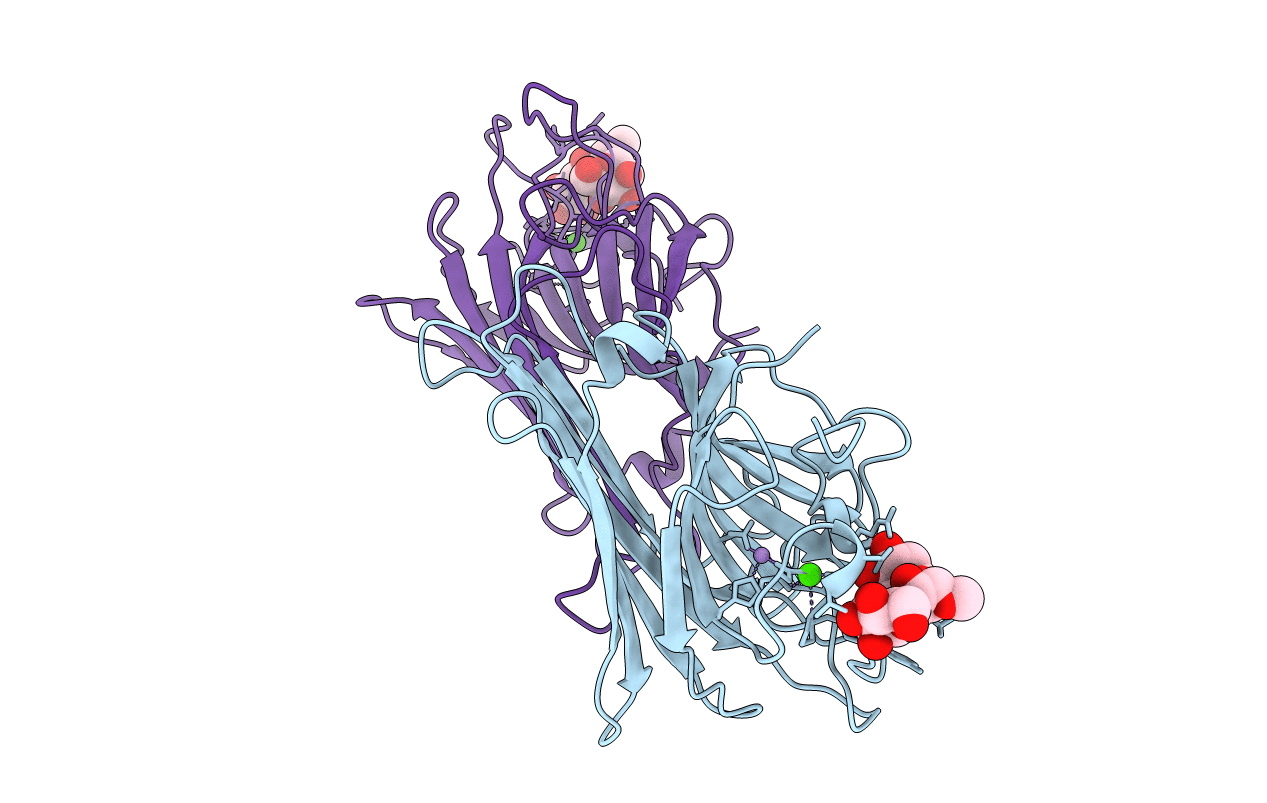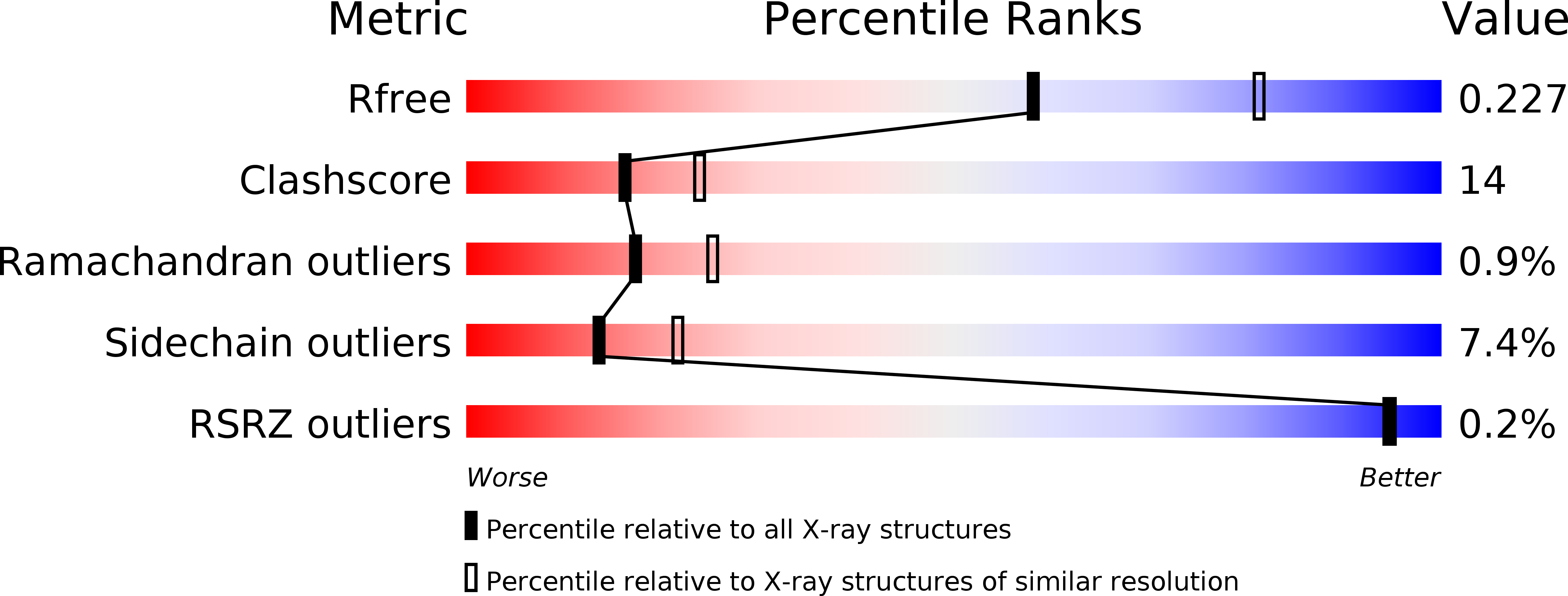
Deposition Date
1998-02-10
Release Date
1999-06-01
Last Version Date
2024-05-22
Method Details:
Experimental Method:
Resolution:
2.40 Å
R-Value Free:
0.25
R-Value Work:
0.18
R-Value Observed:
0.18
Space Group:
P 31 2 1


